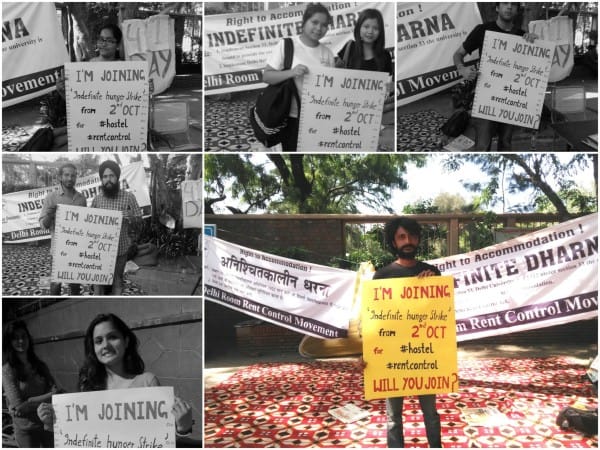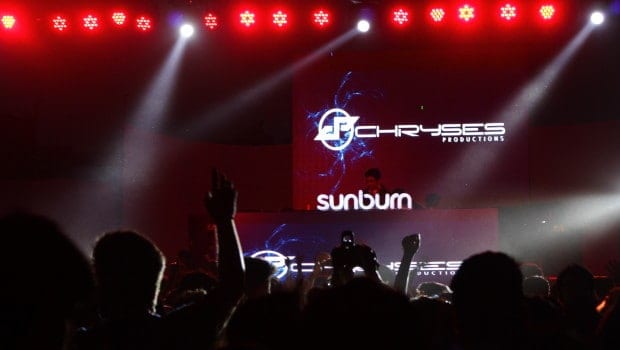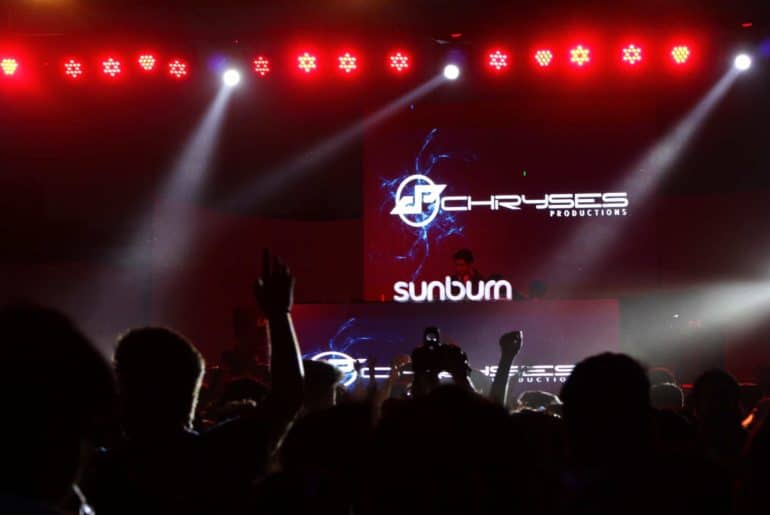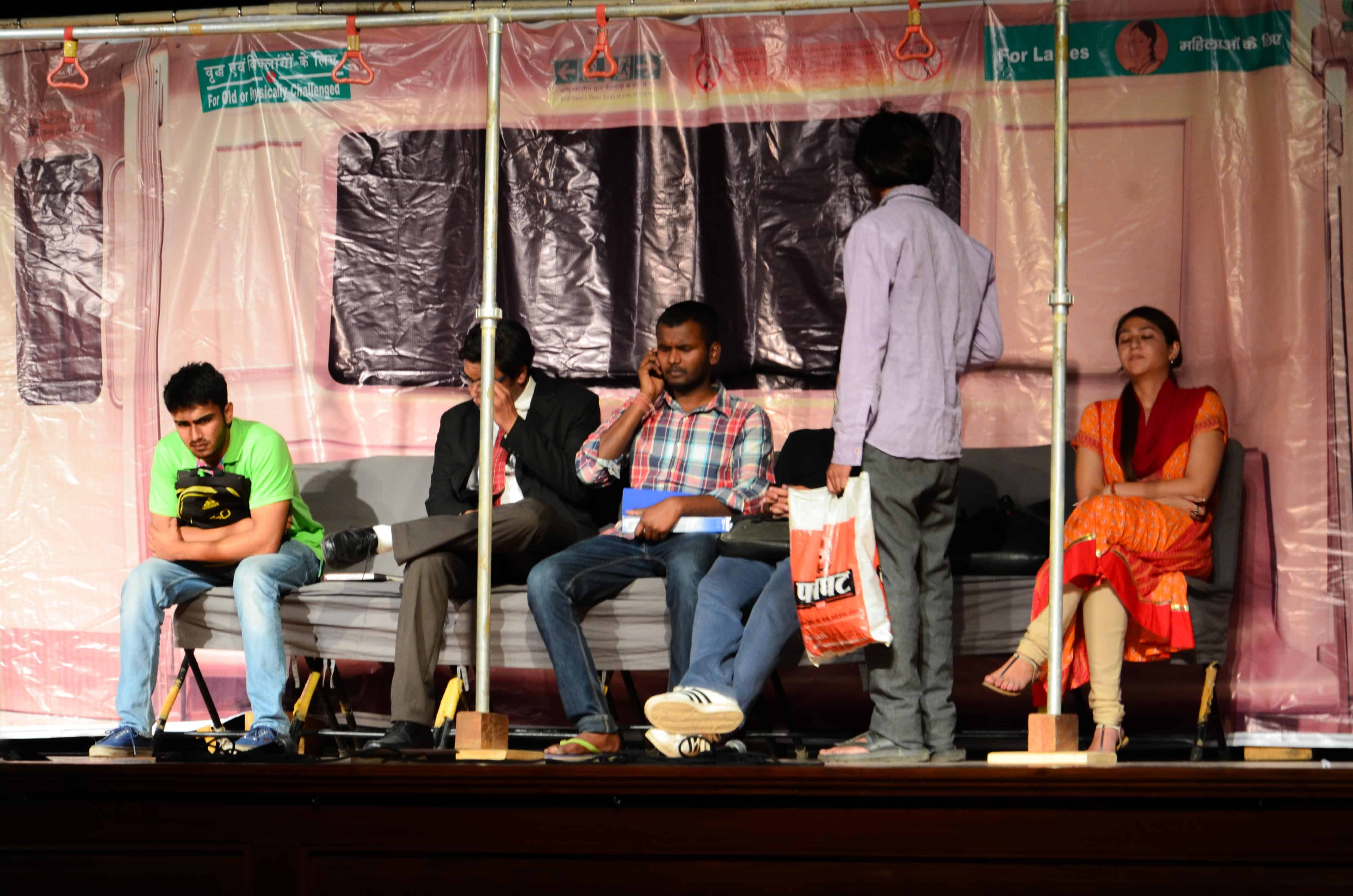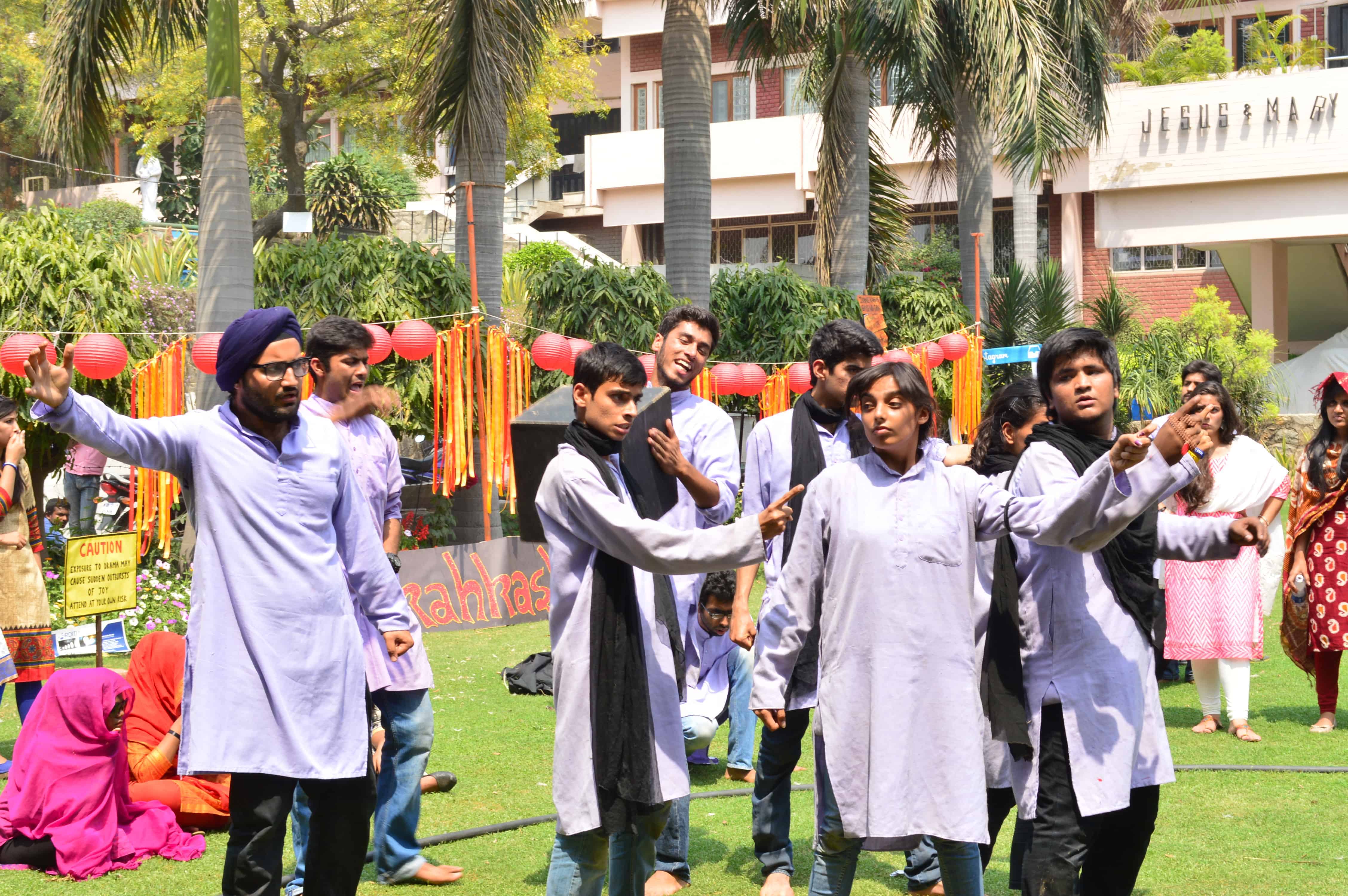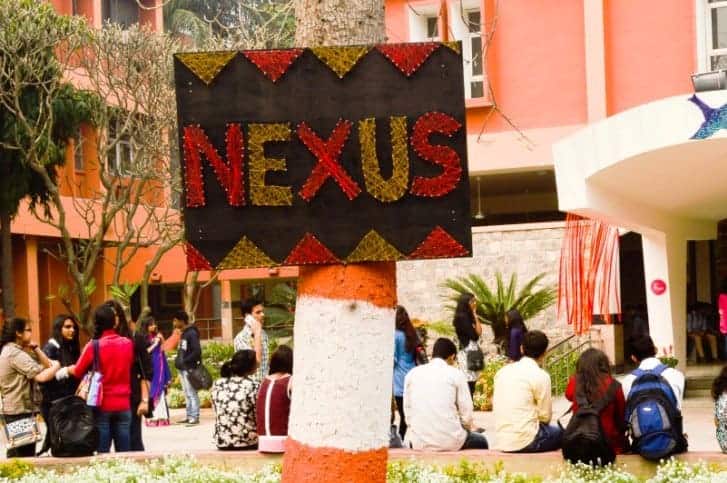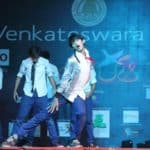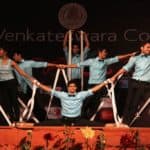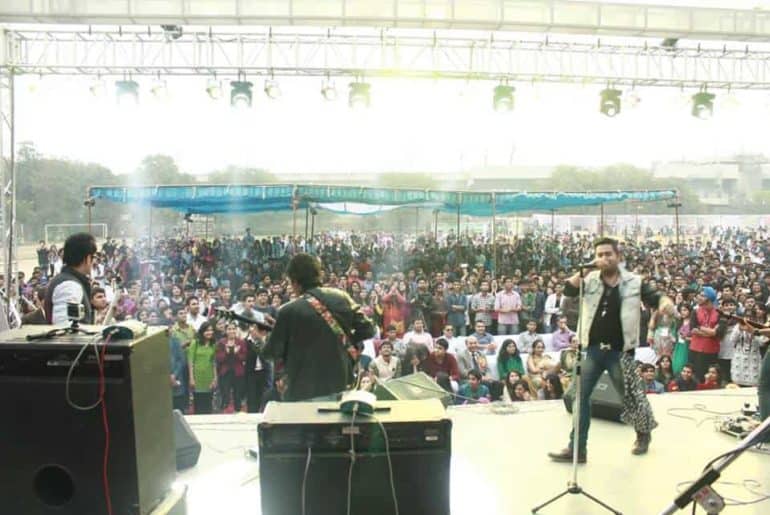About 150 participants from colleges all over Delhi joined the movement against discriminatory hostel rules against women on October 8 in a night procession that encouraged students to take a night leave from their PGs and hostels to claim the night. The group marched from Vishwa Vidyalaya metro station to various women’s hostels, especially those with a known history of repression, such as Miranda House, St. Stephen’s College, and Ramjas College to name a few, with powerful posters, slogans, and songs. Alumni from various colleges shared testimonials about their experiences of being locked in their rooms or campuses. The procession that lasted for about 5 hours and ended at 11:30 at night, also had a sabha in solidarity with the Delhi Rent Control Movement by Right to Accommodation.

What is Pinjra Tod? Pinjra Tod: Crusading for liberty of women
Below is an account by a member of the movement, Subhashini Shriya on the journey so far and what’s to come next:
“The journey of Pinjara Tod has been exhilarating to say the least. In the short span of a few weeks, we have met, heard, connected to hundreds of women across the city and also some from across the country. The most striking of the many insights we have gained from the campaign is just how widespread is the feeling of discontent and disappointment among young women, coming to the city in the hopes of discovering a new life, and finding themselves repeatedly pushed back into pigeonholes and cages at every step. Yes, the most exhilarating is the feeling of being not one, but one among so many. Having come together, having grown from a few to many, having faced the aggressive political climate on campus, having fought to assert ourselves as an autonomous collective of women we are now approaching the Jan Sunwai, to be held on the 10th of October, 2 PM at Jantar Mantar, where women students and alumni from universities and colleges across Delhi will come together and speak of the daily challenges, of the rules, attitudes, basic lack of resources and biases that they face in negotiating their life as students; work out demands to be made of the DCW, their university administrations, and society at large. We hope that the Jan Sunwai will see this collective that we have been feeling pulsating under the skin everyday commonsense take shape, in the body of a diverse collective of women, with a diverse set of concerns, experiences demands, across lines of caste, class, region, religion and so on, to converge at the aspiration of breaking out of all cages that lock us in as young women students in the city. We hope to find you there with us on the 10th, with your story and your voice, joining with ours to make us all collectively stronger and a step closer to breaking some of the many cages that surround us!”
Universities from all over the country have spoken up in support of Pinjra Tod. Student political group, All India Students’ Association, or AISA has also been seen handing out pamphlets of the Jan Sunwai to students in North Campus. Although the group welcomes all the support that’s coming their way, they have very clearly stated that they are independent of any political affiliations. The charter of demands as is to be presented to the Delhi Commission for Women is as follows:
- Extend the curfews of all women’s hostels and PGs till half an hour after the time any University resources, such as libraries, labs or sports complexes remain open or half an hour after the approach of the last metro at the closest metro station, whichever is later.
- Abolish the concept of local guardians for students, while keeping a provision for an emergency local contact number and discontinue requirement for parental or guardian’s permission for late nights or night outs for all students above 18 yrs of age.
- No cap on night outs and late nights taken with prior notice. The utilization of a night out or late night should not be dependent on the discretion of the warden or any administrative authority.
- No arbitrary restrictions on the entry on female visitors into women’s hostels.
- Ensure availability of secure, non-discriminatory accommodation for all women students. Chart out and publicly announce time bound plan for construction of women’s hostels.
- Announce a list of PGs and private accommodations regulated by the university in nearby areas and make the list available to all students with the university administration setting up mechanism for grievance redressal with regard to such accommodation. Implement the Delhi Rent Control Act 1995 to regulate rising rents in these areas.
- Provide a clear breakup of the components of hostel fees, with a minimal infrastructural rent and maintenance cost beside the cost of food, electricity and water. Introduce provision for payment of hostel fees on a monthly basis rather than in a lump sum per semester or year.
- Set up ICCs against sexual harassment in all colleges and universities as elected, representative bodies and in the spirit of the Vishakha judgment and make provisions for anti-discrimination policy in accordance with the UGC Saksham Committee Report and SC NLSA judgment.
- Accommodation of all PwD women students in university hostels on priority basis.
- Need based allocation of hostel accommodation.
- Fixed allotment of hostel seat for the entire period of the student’s course including academic vacations.



